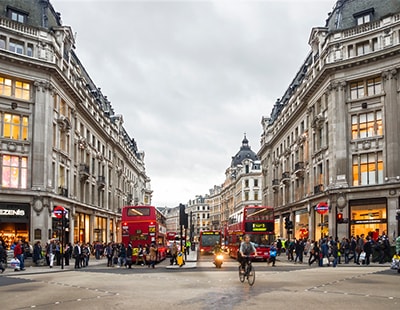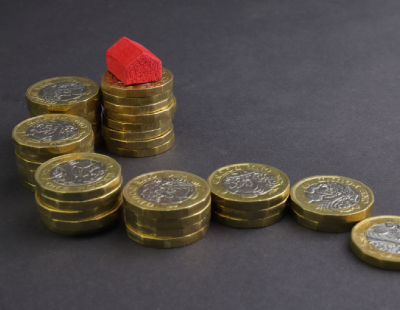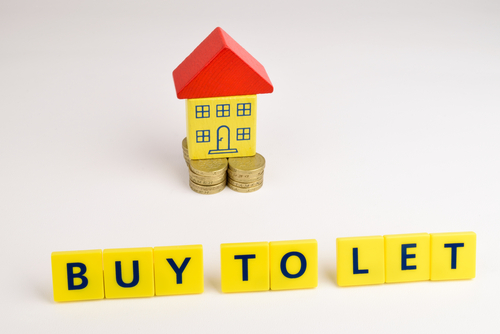London’s property market is always one debated amongst agents, vendors, landlords, tenants and buyers. For many months, the most frequently discussed topics surround Brexit and SDLT.
From an investment perspective, SDLT is an important factor on a buy-to-let investment purchase. A £1 million purchase can vary from £43,750 (single home) to £73,750 (two or more properties); clearly for someone who prefers or wants to invest in bricks and mortar rather than stocks, the associated costs would make one consider if it is worth it, based on the potential returns on investment from a yield perspective.
Central London BTL yields are sitting at close to 3% on average, whereas outside of the capital it is not uncommon to be able to achieve between 5%-9% yields, but the capital value can be a lot lower. Capital growth is accelerated in London due to the values and historic data which can show significant swings on the varying curves over time.
No discussion on international investment can ignore the US dollar and advantage American buyers are enjoying. In 2014 £1 = $1.57 and in August of this year £1 = $1.20; clearly a $0.37 per every one pound spent is a considerable difference.
Post ‘Lehman’, similar investment strategies happened (2009 £1 = $1.40 and then in 2014 it reached £1 = $1.71): growth of $0.31 in every pound spent in value appreciation of your property (without any capital growth aspect accounted for.)
Right now, the savvy dollar buyers are using this strategy in the hope that the currency levels will be back to the circa $1.5 plus levels they were over the next five years. Personally, I have weekly phone referrals from our USA network, with investors and buyers looking at London as an ‘opportunity’ or asking me ‘if the time is right to invest in London.’
Turning to examine the Chinese Yuan (RMB): in August 2015 the rate was £1 = RMB 10.1 and in August 2019 it was £1 = 8.42 RMB; as of November 1 it was £1 = 9.11 RMB. Again, showing why currency and timing plays such an important part in transactions.
London is a global city, which many people come to love because of the cosmopolitan cultural aspects and diverse population. A major draw for overseas investors is our education system - world-class schools and universities. For many international parents their priority is to have their children educated at one of London’s high ranking universities or elsewhere in the UK.
Parents investing from overseas will utilise the investment in UK property to cover the fees and associated costs, whilst providing some of the best accommodation for their children when they come over to study.
We are also seeing a shift in tech, our transport links in and across the capital are efficient and easy to use, our legal and financial infrastructure is one of the best in the world and we benefit from time zones which mobilise trade with both the Far East and the USA markets extremely well.
Essentially, timing on any investment is key - property is no different. Are we at the bottom of this particular cycle? We can’t be far off, so we are advising investors not to delay, to avoid missing out on the opportunity an advantageous currency offers – a situation which may well not occur again for a while.
This year, there have been some significant sales reported in the Super Prime market. When you take into account the buyer nationality and currency likely used for these sales, you can see why the timing may be now to invest.
The election result and Brexit outcome may also add some varying factors to the currency swing. Recently, it was reported by David Bloom, global head of foreign-exchange strategy at HSBC Holdings PLC in an interview with Bloomberg, that the political outcome will determine the future of currency.
For example, an election result that results in a pathway to a deal on Brexit might send the pound up to $1.45 by the end of next year, but equally a no deal Brexit could see it drop to circa $1.10. These figures and potential outcomes are fuelling investment strategy and timing.
There are some who simply don’t want to miss the opportunity of the low $ rate in its current position and then see the swing to $1.45, there are others biding their time, who will see the greater opportunity at the lower rates if that happens.
If there is SDLT reform or change that benefits the buyer, then more buyers may possibly head back into the market and the competition then increases and potentially so too will prices over time…
Guy Bradshaw is the director and head of London residential at Sotheby’s Realty UK.









.png)










Join the conversation
Be the first to comment (please use the comment box below)
Please login to comment